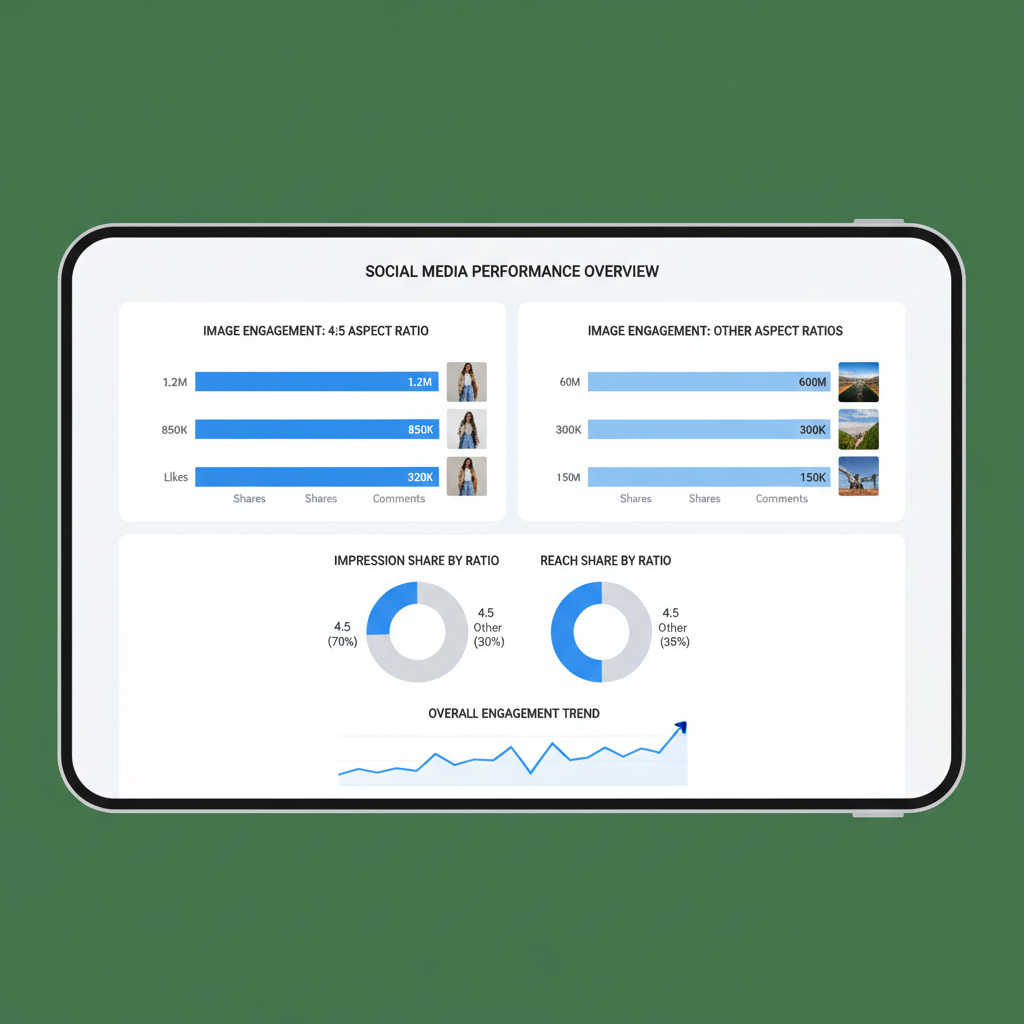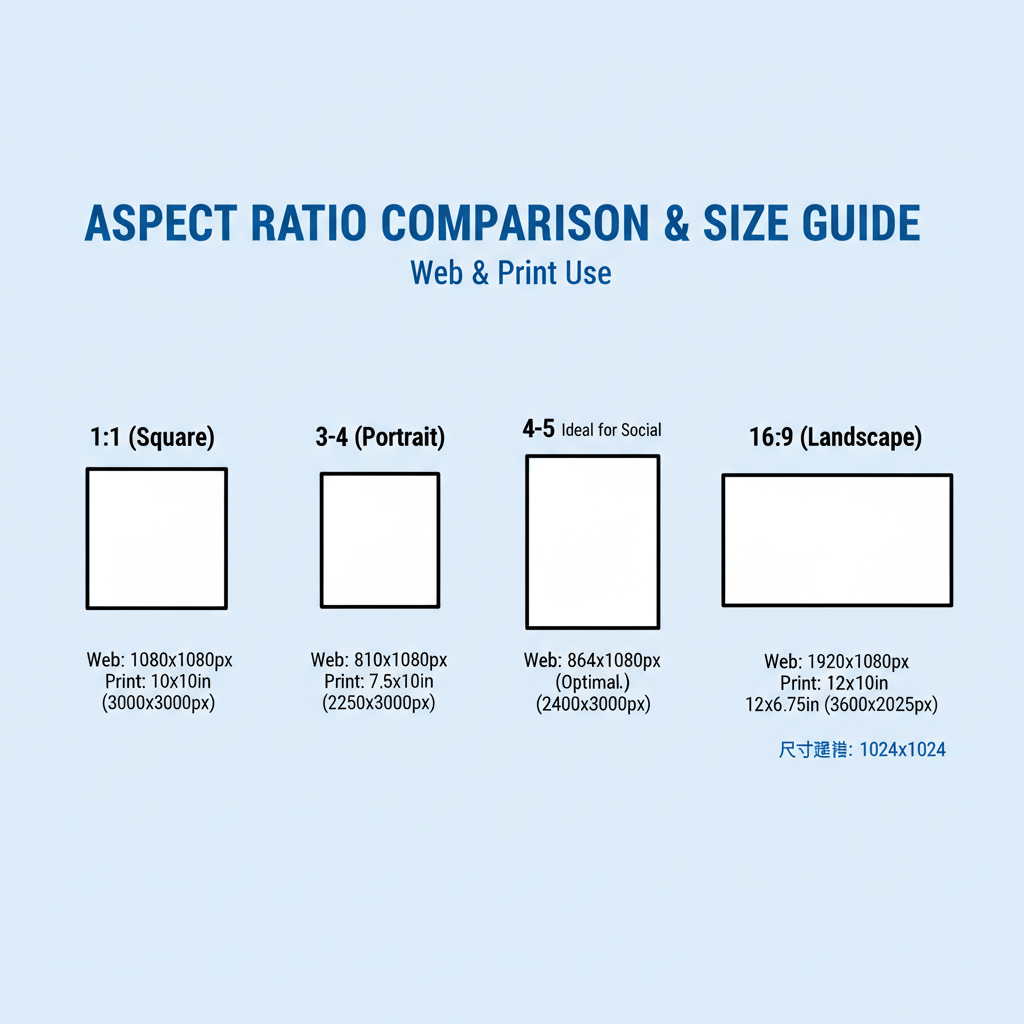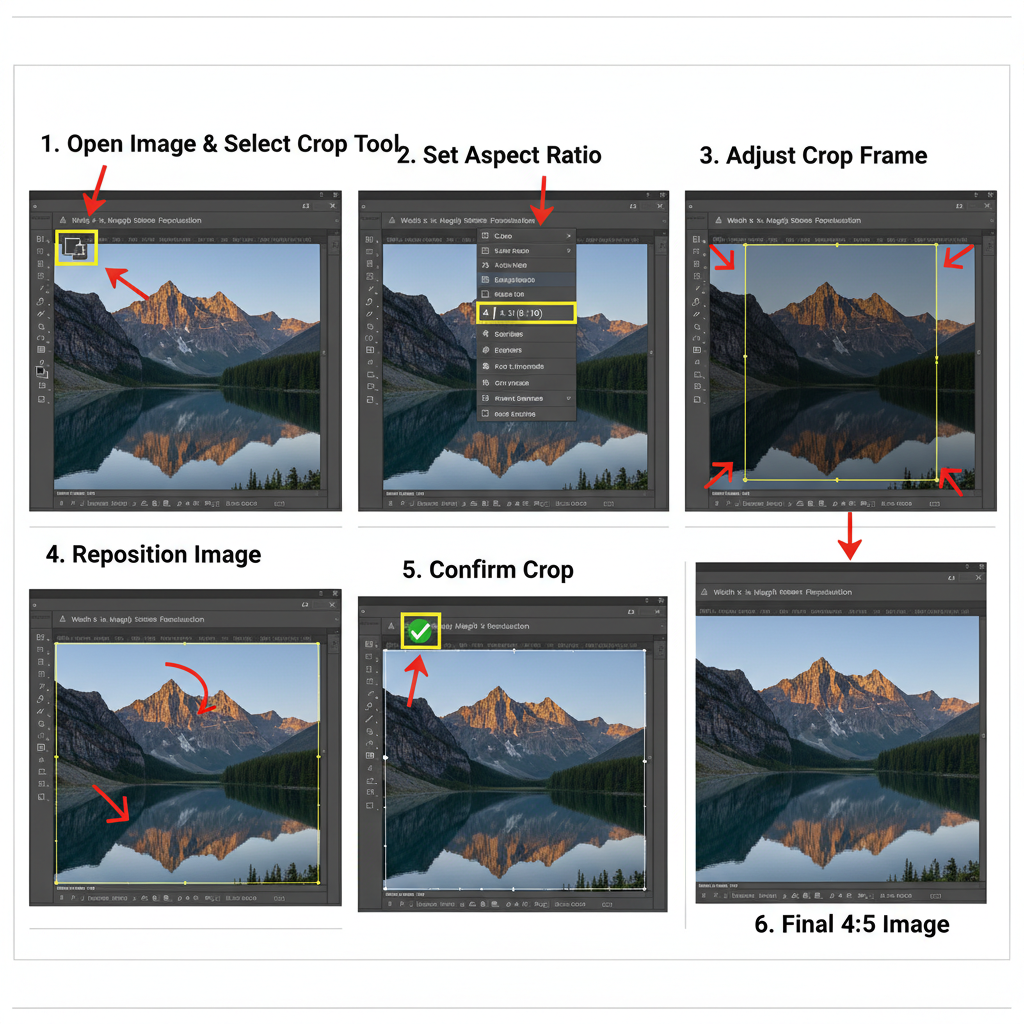4 5 Pixels Resolution and Aspect Ratio Guide
Learn how the 4:5 aspect ratio works, its ideal pixel resolutions, and why it’s a top choice for social media portraits and print layouts.

Understanding the "4 5 Pixels" Concept in Modern Digital Imaging
The term 4 5 pixels is often used loosely by photographers, designers, and social media managers to refer to the 4:5 aspect ratio—a proportion between width and height—not a literal grid of “4 × 5 pixels.” In digital imaging, pixels determine an image’s resolution, while the aspect ratio defines the proportional relationship of its dimensions.
A 4:5 aspect ratio means the height is precisely 1.25 times the width. This format is widely favored in portrait photography, Instagram posts, and print layouts, making it a go-to choice for creators aiming to maximize vertical space without awkward cropping.

---
4:5 Aspect Ratio vs. Pixel Dimensions
The aspect ratio is a dimensionless number, calculated as:
aspect ratio = width / heightA 4:5 ratio can correspond to multiple actual resolutions, for example:
- 800 × 1000 pixels
- 1200 × 1500 pixels
- 2000 × 2500 pixels
As long as the width-to-height proportion stays exactly 4 to 5, the image maintains its intended aspect ratio. Resolution changes only affect image clarity, not the ratio.
---
Common 4:5 Resolutions for Web and Print
Here’s a quick guide to frequently used 4:5 pixel resolutions for various purposes:
| Resolution (px) | Use Case | Notes |
|---|---|---|
| 1080 × 1350 | Instagram portrait post | Optimized for feeds; avoids platform cropping |
| 1200 × 1500 | Facebook portrait image | Maintains clarity across most devices |
| 1600 × 2000 | Small print or flyers | Provides sufficient detail for close viewing |
| 2000 × 2500 | Large print or display panels | Keeps sharpness even at larger sizes |
---
Aspect Ratio and Social Media Performance
Social platforms interpret aspect ratios differently:
- Instagram: Portrait images max out at 4:5 (recommended 1080 × 1350 px). Taller images will be auto-cropped.
- Facebook: More flexible, but 4:5 posts tend to attract higher engagement due to increased vertical screen space.
- Pinterest: Prefers tall pins, but 4:5 remains effective for product-driven designs.

Selecting 4:5 lets you command more vertical attention on user feeds without being clipped by default platform settings.
---
Comparing 4:5 with Other Common Ratios
A side-by-side look at 4:5 alongside other popular formats:
| Aspect Ratio | Common Usage | Pros | Cons |
|---|---|---|---|
| 1:1 | Instagram square grid | Symmetry and consistent layout | Less vertical emphasis |
| 4:5 | Portraits, posters, ads | Maximizes vertical real estate | Not suitable for panoramic views |
| 3:2 | DSLR native capture | No loss from in-camera cropping | May require trims for social media |
| 16:9 | Video, streaming, banners | Immersive widescreen view | Poor visibility on vertical screens |
---
Advantages of Using 4:5 in Portrait and Product Photography
The 4:5 aspect ratio delivers several benefits:
- Enhanced subject framing – Offers ample vertical area without wasted space.
- Improved viewer focus – Guides eyes naturally to the main subject.
- Commercial flexibility – Works well for catalogs, ad prints, and platform imagery.
---
How to Crop Images to a 4:5 Ratio
Achieving a precise 4:5 crop is straightforward in most editing tools:
Photoshop
- Select the Crop Tool (`C` key).
- Enter the aspect ratio 4 : 5 in the toolbar.
- Adjust the crop boundaries.
- Save or export.
Lightroom
- Select your photo.
- Access Crop Overlay.
- Choose Custom → 4 × 5 / 8 × 10.
- Fine-tune and export.
Online Alternatives
Tools like `croppola.com` and `canva.com` offer browser-based cropping without complex software installs.
---
Pixel Density (PPI/DPI) and Print Quality
For physical prints, pixel density—measured as PPI (pixels per inch) for digital and DPI (dots per inch) for print—affects output quality.
For example:
A 2000 × 2500 px image at 300 PPI prints at:
Width = 2000 / 300 ≈ 6.67 inches
Height = 2500 / 300 ≈ 8.33 inchesHigher PPI means sharper detail but also larger file sizes.
---
Avoiding Quality Loss in 4:5 Images
When preparing images:
- Avoid upscaling, which introduces blur.
- Use lossless formats like PNG or TIFF for work-in-progress files.
- Control compression levels when exporting for web to preserve detail.
- Keep original high-resolution files (PSD, RAW) until final export.

---
Best Practices for Optimizing 4:5 Images
- Match resolution to platform: 1080 × 1350 px for Instagram, higher for print.
- Use correct color profiles: CMYK for print, sRGB for online.
- Apply careful sharpening: Subtle adjustments work best.
- Pre-check crops: Ensure critical elements remain in-frame.
- Archive masters: Always back up unaltered source images.
---
Summary and Next Steps
The 4:5 aspect ratio—often casually called "4 5 pixels"—is an adaptable format bridging the needs of digital and print media. By mastering the link between aspect ratio and pixel dimensions, you can produce optimally framed visuals for Instagram, marketing creatives, or professional prints.
Start by experimenting with crops in your favorite editor, compare results across devices, and maintain high-quality master files. Adopting this vertical-friendly aspect ratio can help your images stand out in crowded feeds and deliver professional results in print.


